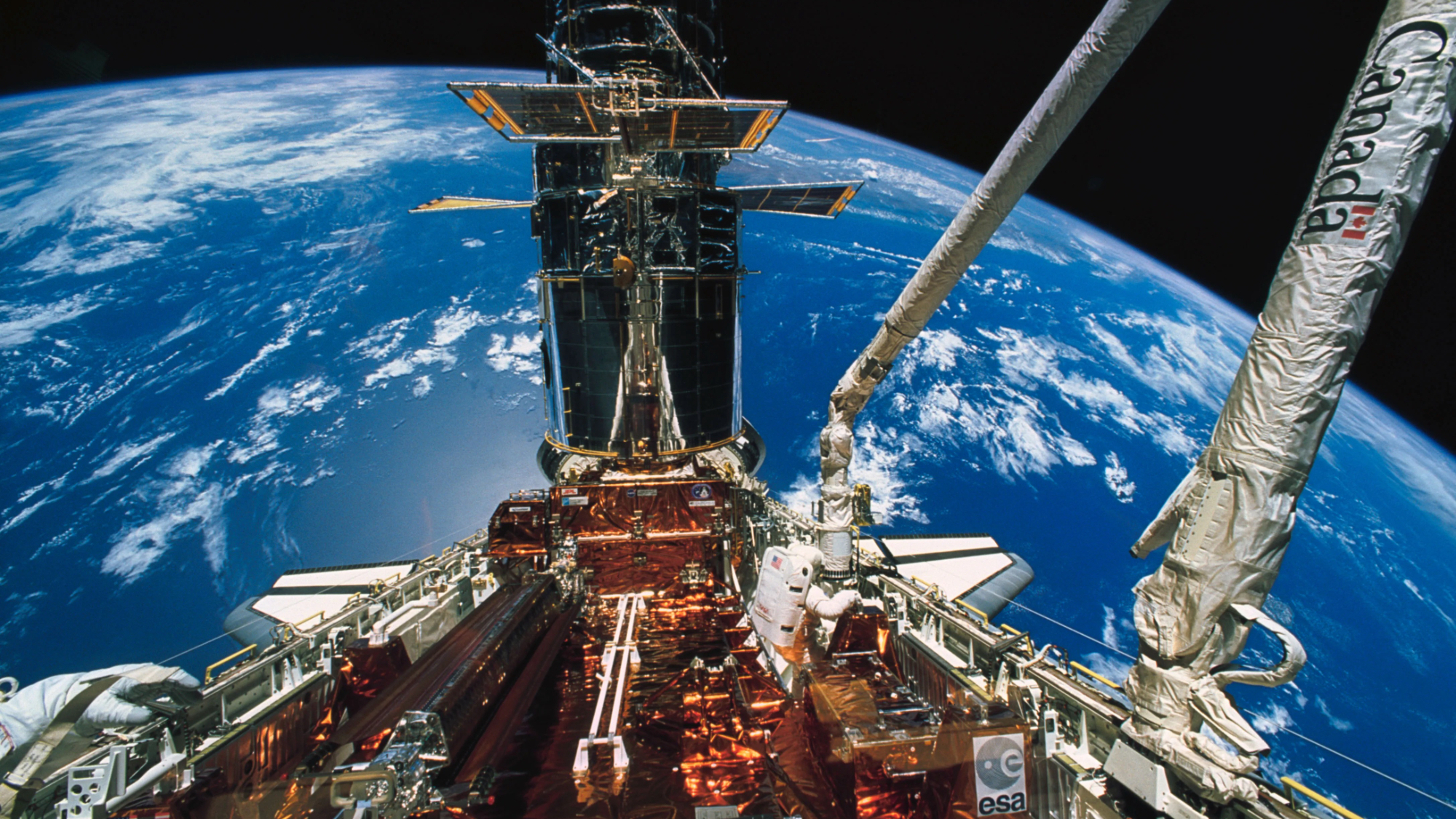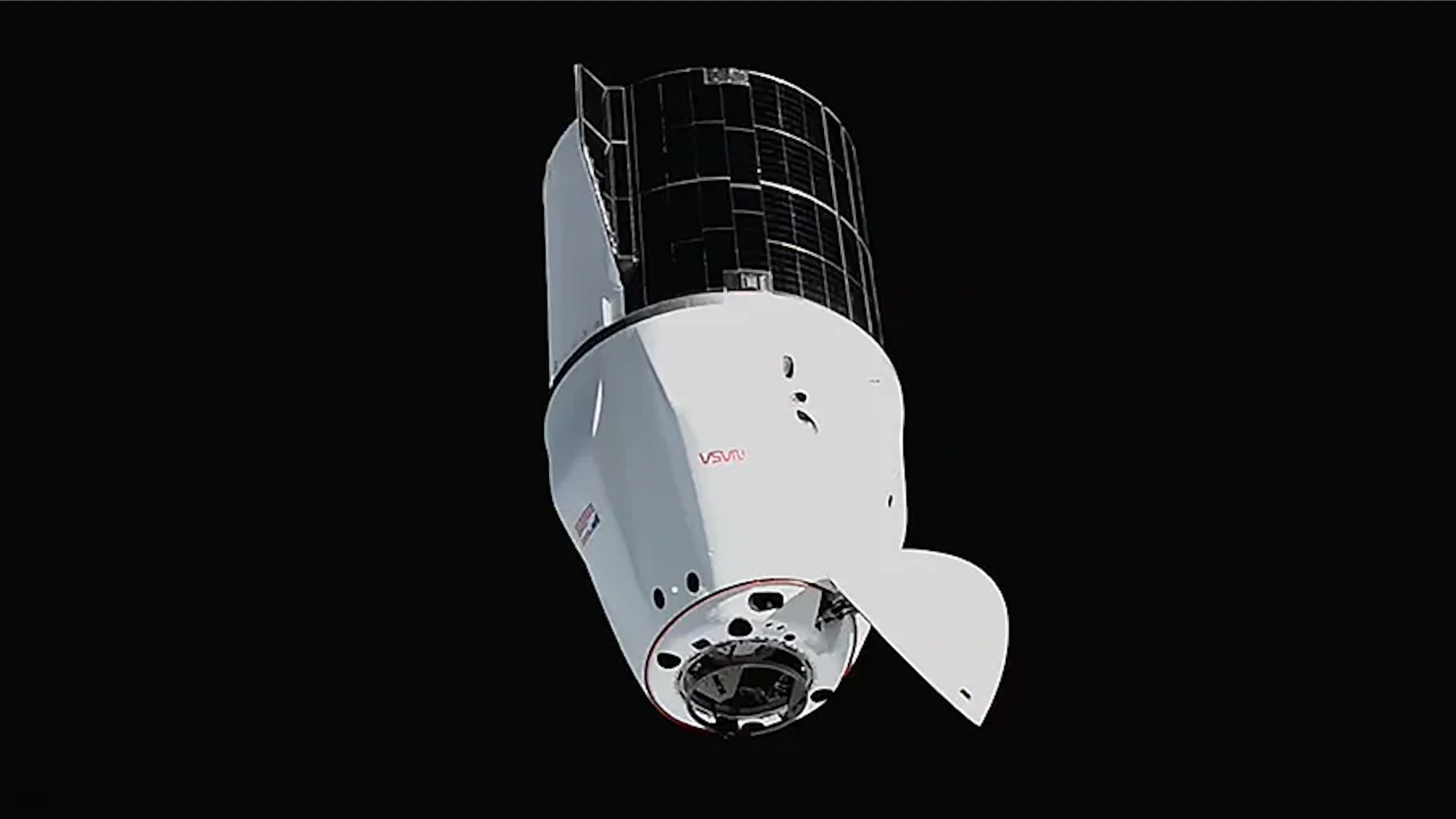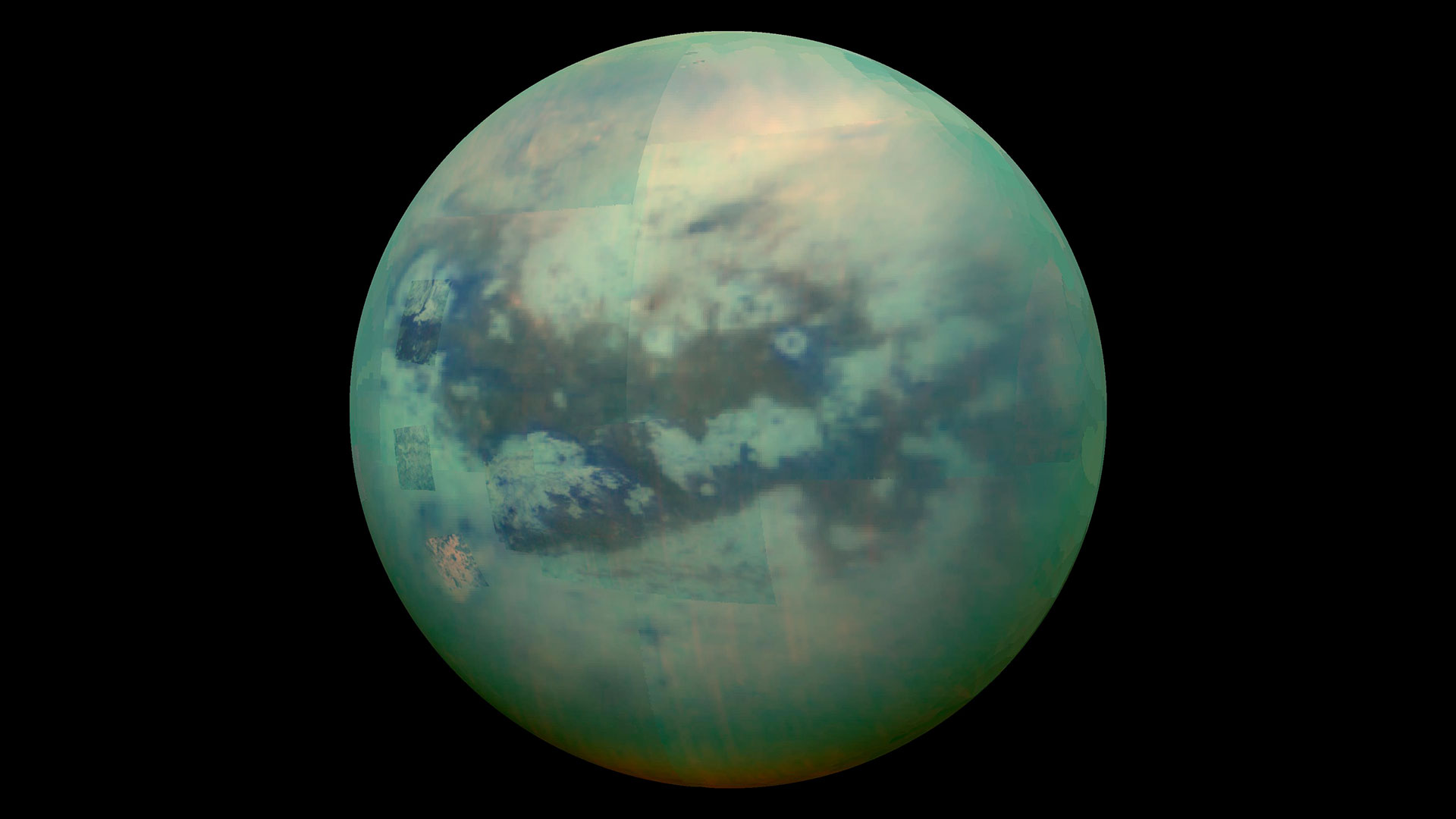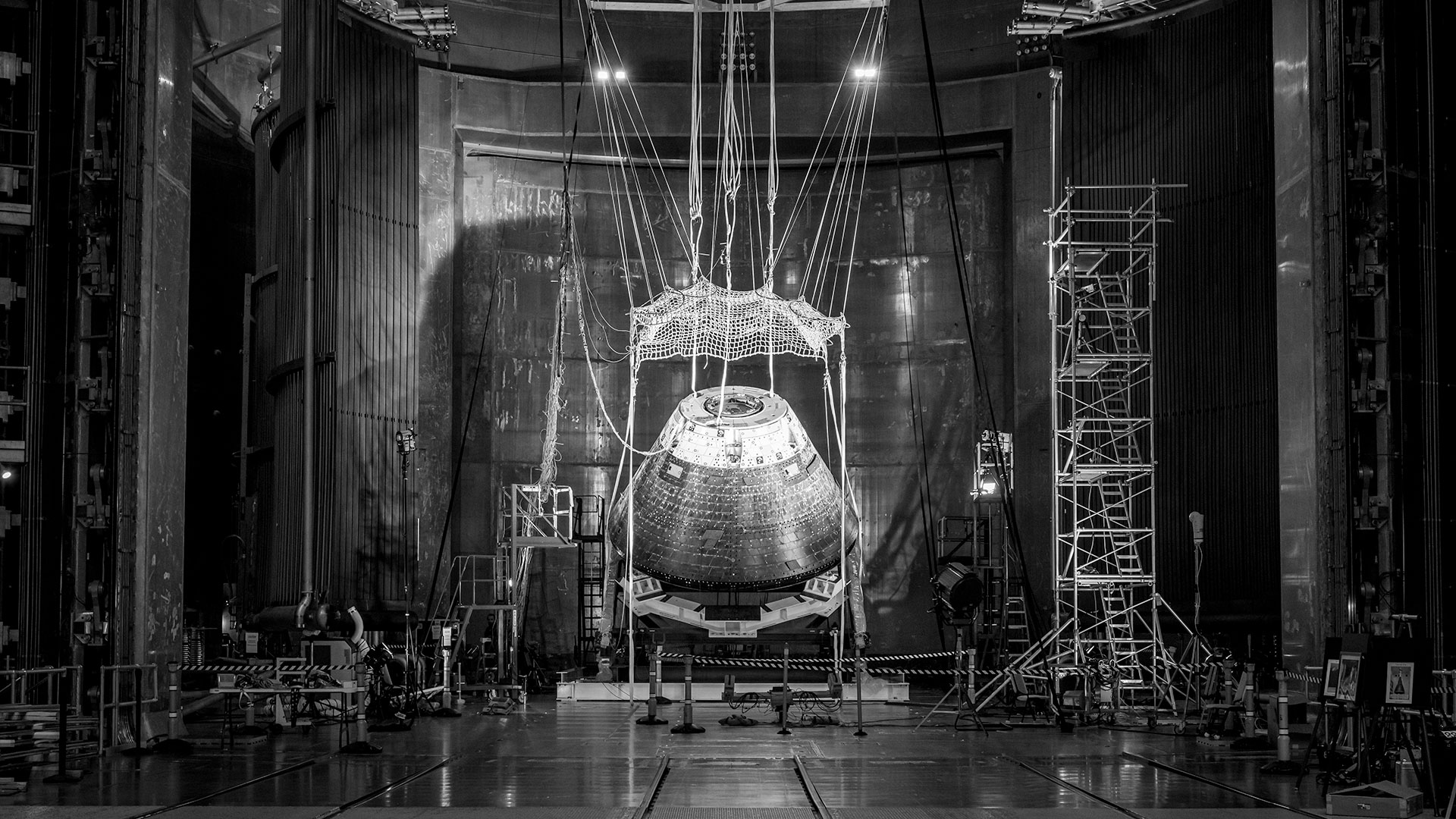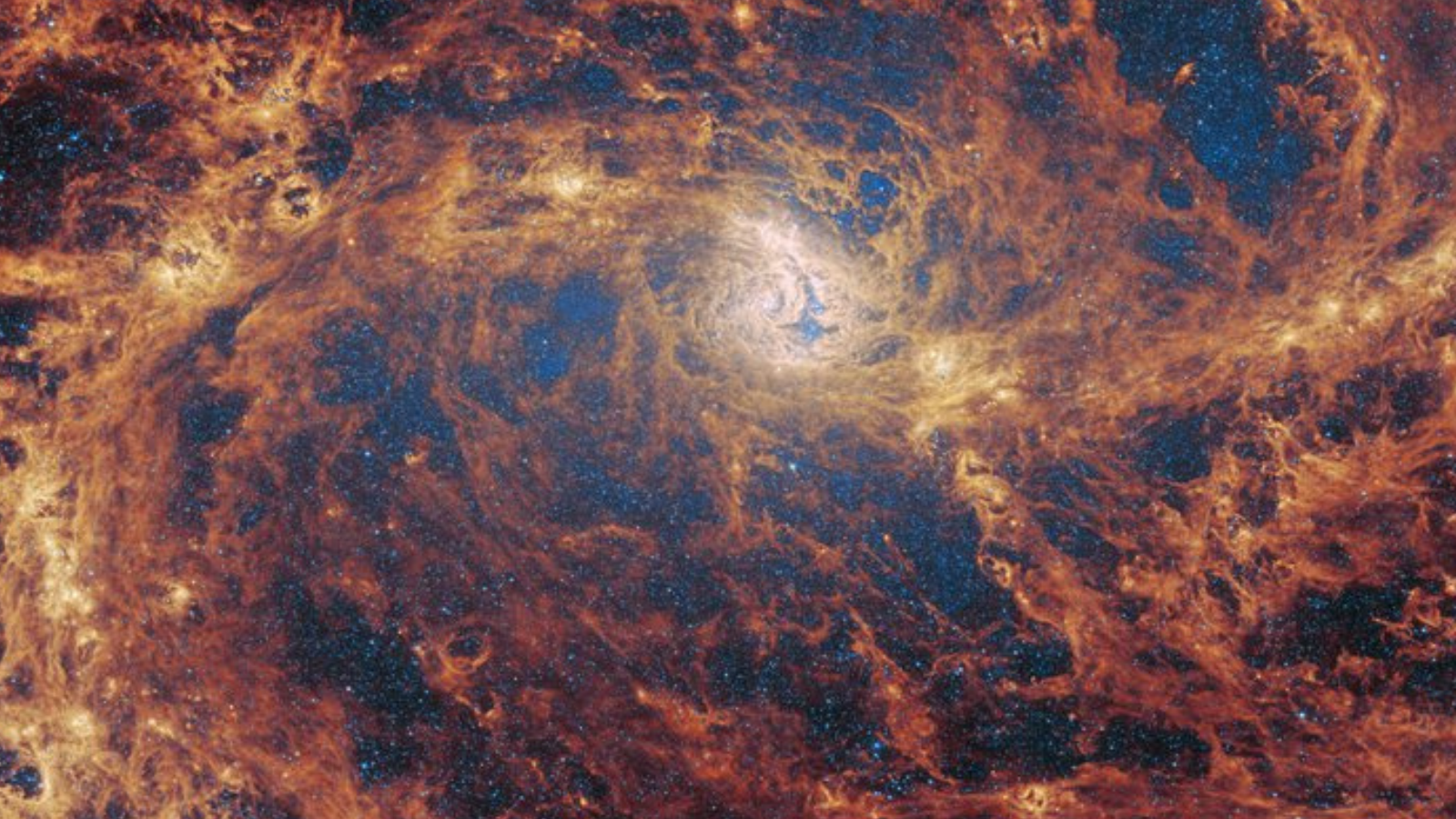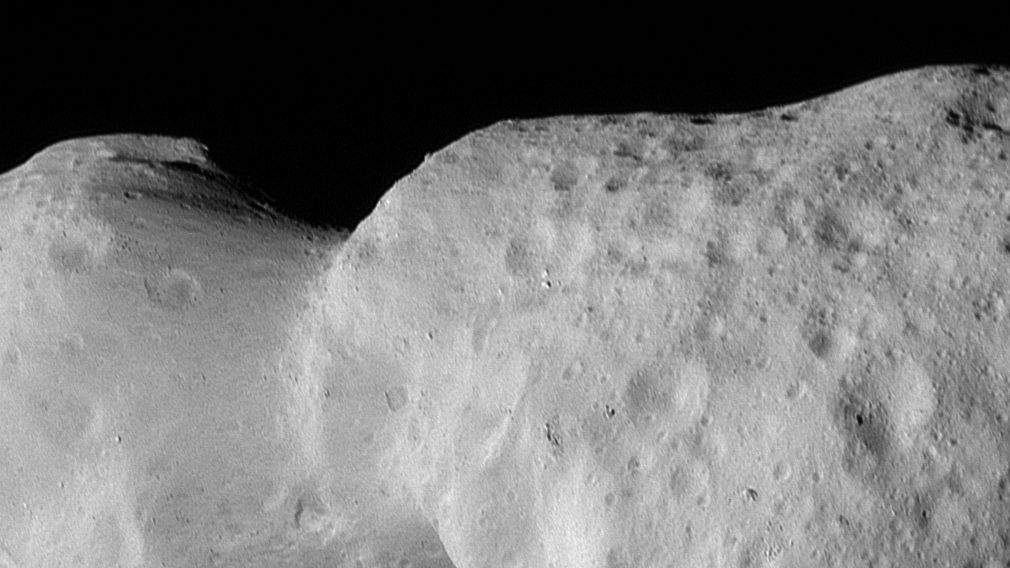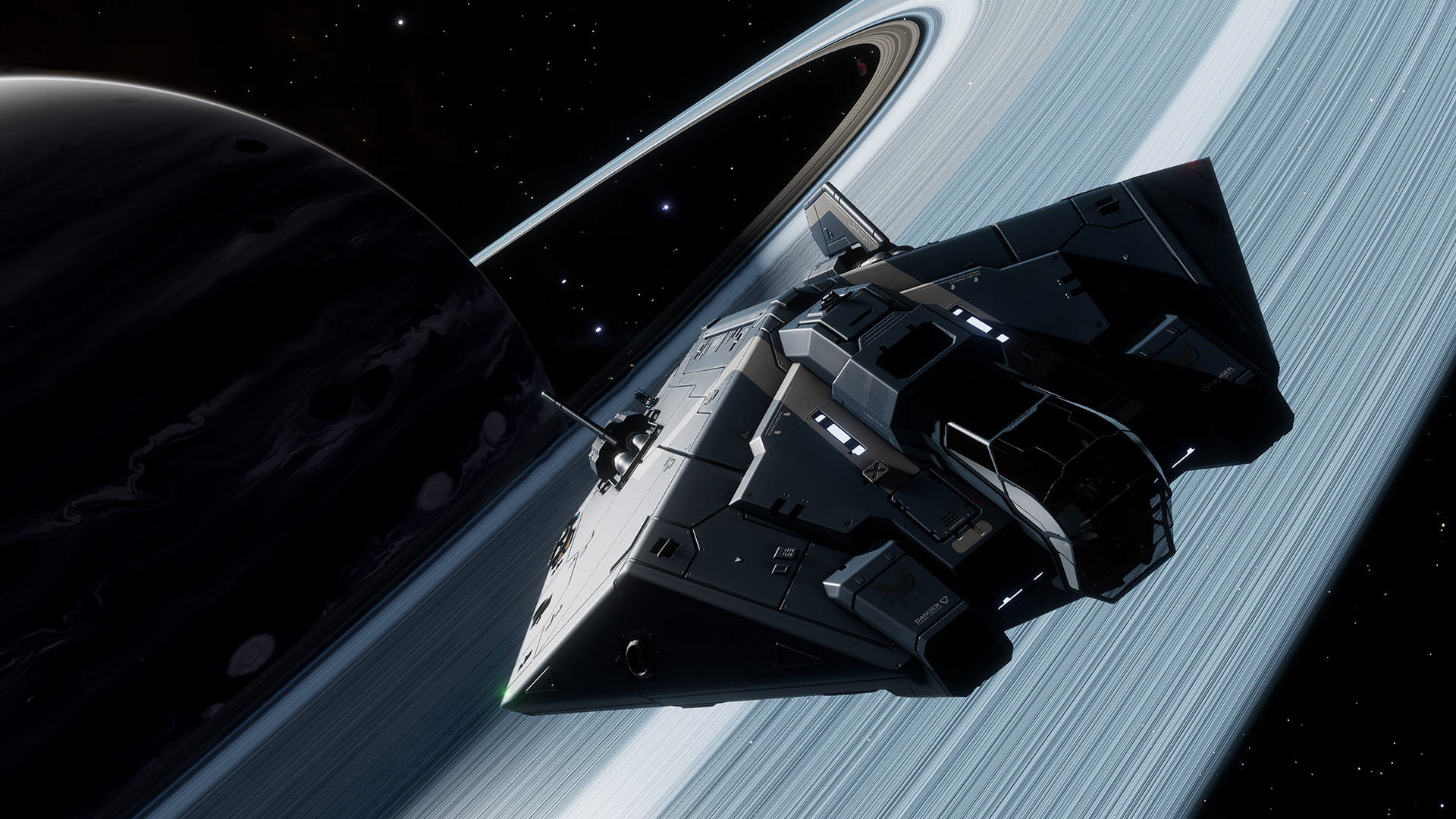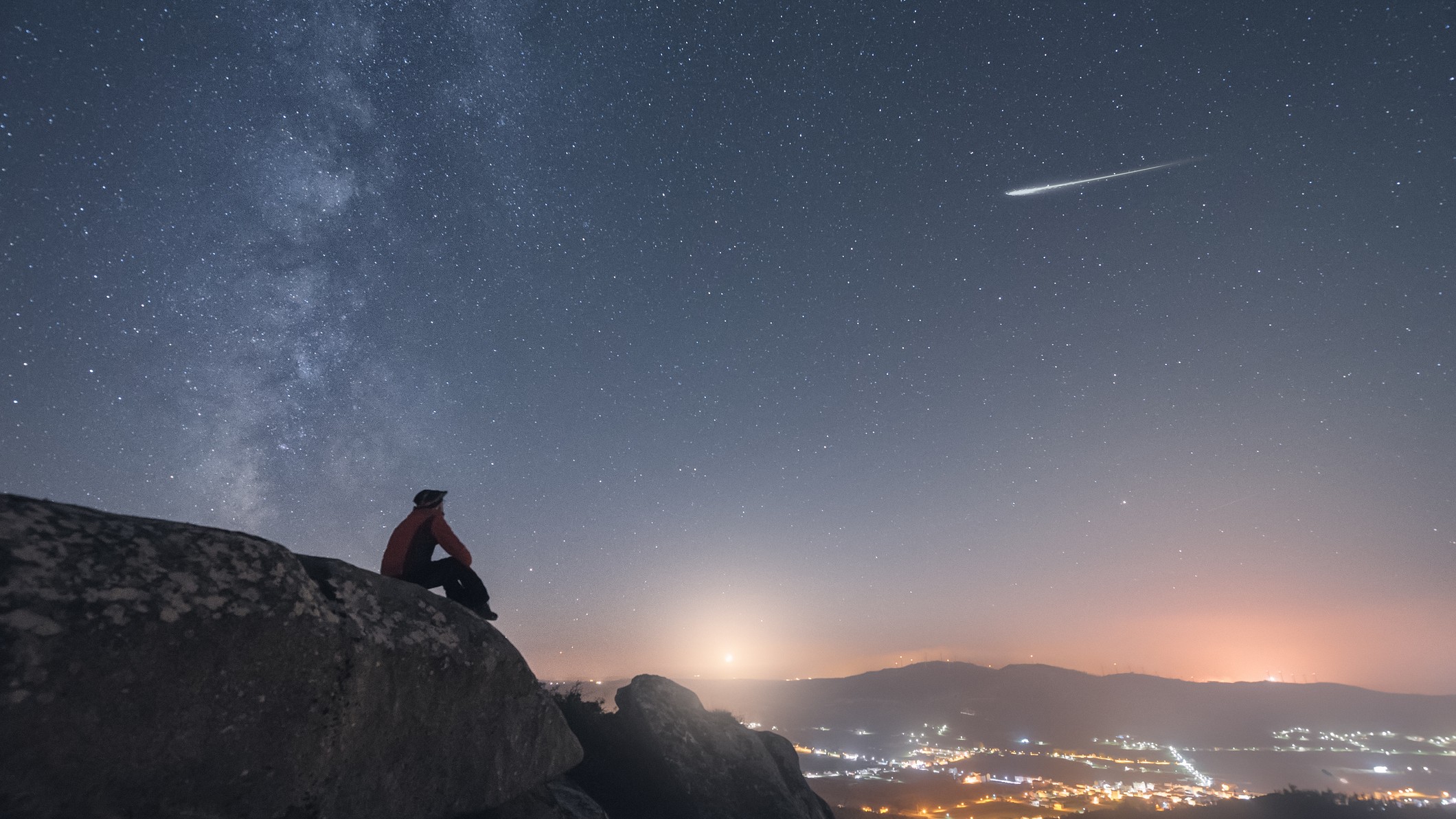Watch Firefly Aerospace's Blue Ghost moon lander witness an eclipse from space (video)
Both NASA and Firefly Aerospace say Blue Ghost remains healthy as it prepares to make for lunar orbit sometime next month.
Firefly Aerospace's Blue Ghost moon lander is on its way to the moon.
The Blue Ghost lander completed its first main engine burn during its journey to the lunar surface, which is expected to take a total of 45 days. Blue Ghost will orbit Earth for 21 more days before it embarks on a four-day trip to reach lunar orbit. Once there, it will spend 16 days circling the moon before making its way down to attempt a landing on the lunar surface, if all goes according to plan.
On Tuesday (Jan. 20), NASA released an update about one of the 10 scientific payloads the agency is sending to the moon on Blue Ghost, stating that the experiment has successfully acquired a signal while 205,674 miles (331,000 kilometers) from Earth's surface. The update was released along with a timelapse video that shows Earth eclipsing the sun as seen from the perspective of the lander while en route to the moon.

The instrument about which NASA released an update, known as the Lunar GNSS Receiver Experiment (LuGRE), is designed to demonstrate and test satellite-based position, navigation and timing systems close to and on the moon. GPS satellites are a type of GNSS technology, as are the European Union's Galileo navigation spacecraft.
LuGRE was able to acquire a signal from both GPS and Galileo constellations while at 90% of the distance to the moon, setting an Earth-moon "signal distance record," according to NASA's statement.
Aside from successfully testing LuGRE, NASA and Firefly Aerospace say Blue Ghost remains healthy as it prepares to make for lunar orbit sometime next month.
In an update posted to X, Firefly Aerospace said the lander executed its first burn with a high level of precision, setting the spacecraft up for its upcoming translunar injection burn that will put it on course for the moon.
Get the Space.com Newsletter
Breaking space news, the latest updates on rocket launches, skywatching events and more!
Blue Ghost launched on Jan. 15 atop a SpaceX Falcon 9 rocket carrying not one but two moon landers; ispace's Resilience lander was also along for the ride.
When Blue Ghost — Firefly's first-ever moon lander — reaches the lunar surface, it will deploy or operate 10 NASA science experiments. It is built to operate for about two Earth weeks, or one lunar day, before the sun sets and eventually depletes the lander's power source.
Once night begins setting on the moon, the lander will take images of the lunar sunset and measure how lunar regolith (moon dust) reacts to dusk and sunset on the moon.
Blue Ghost will then operate for a few hours into the night before its batteries die.
Join our Space Forums to keep talking space on the latest missions, night sky and more! And if you have a news tip, correction or comment, let us know at: community@space.com.

Brett is curious about emerging aerospace technologies, alternative launch concepts, military space developments and uncrewed aircraft systems. Brett's work has appeared on Scientific American, The War Zone, Popular Science, the History Channel, Science Discovery and more. Brett has English degrees from Clemson University and the University of North Carolina at Charlotte. In his free time, Brett enjoys skywatching throughout the dark skies of the Appalachian mountains.
